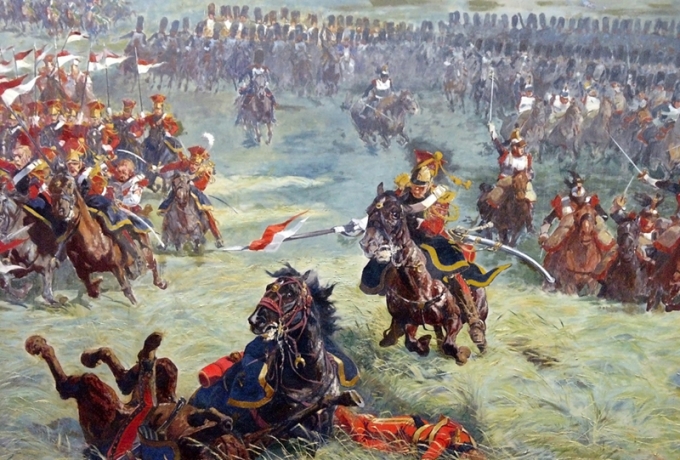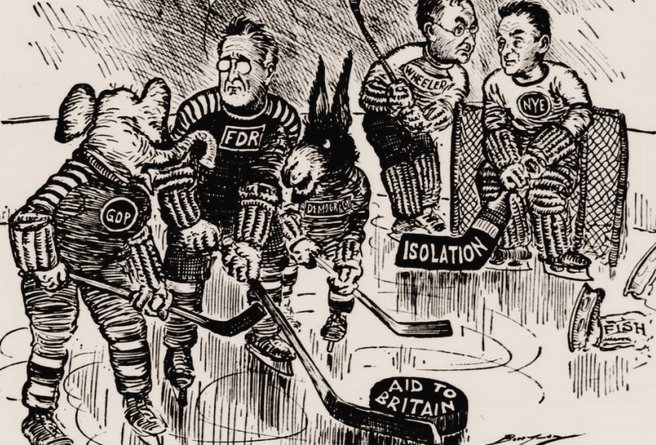World War II Chronicle: January 29, 1941
You could say that World War II signified the end of colorful military history, or at least offered the last tiny glimpses of it.
As you go back in time, militaries become increasingly colorful and unique, using weapons, animals, and tactics that best suited their environment — like the Parthians and their legendary cavalry. Parthia looked and fought incredibly differently than the Greeks, who fought differently than the Romans, who fought differently than the Persians. Go back far enough in time and you might even find yourself facing a gigantic animal you’ve never even heard of, in the case of the Romans that faced Hannibal’s elephants.
But by 1941, machine guns, tanks, planes, and aircraft carriers had removed much of the fascinating uniqueness from combat.

World War II forced soldiers from all over the planet together, requiring them to leave behind much of what made them unique and adapt to modern battlefield technology and tactics. Instead of soldiers parading into battle in brightly colored dress uniforms like the British Redcoats or the 2nd Red Lancers (2e régiment de chevau-légers lanciers de la Garde Impériale) in the painting above, soldiers were beginning to wear drab colors and camouflage. Since your enemy wasn’t often within hand-to-hand range, there was no need for horsehair crests on your decorated helmets or no more fancy plumage like that of the winged Polish hussars to appear more intimidating. Surprise was key, so no more formations shouting at each other, building up their courage and (hopefully) weakening the resolve of their opponents. Also gone were the neat formations of soldiers, led by a flag-bearer and sabre-wielding colonel on horseback, buglers and drummers or the occasional band, with vanquished officers presenting their sword to the victorious commander, only for his sword to be graciously declined.
War means cutting, piercing, breaking, or shooting the other guy before he does the same to you. War has always been — and will always be — hell, regardless of how gentlemanly the generals treat each other afterwards. But in the 20th Century, humans had reached the point where we could not only kill themselves by the millions, but could bring about our own extinction. War was now a highly efficient, mass-produced hell where instead of 10,000 dead soldiers in a years-long war, 10,000 French soldiers were killed in just one day at the beginning of World War I.
But back to the colorful history part, foreign correspondent Robert J. Casey writes that sabre-wielding is back in: Free French soldiers, commanded by a man with connections to Napoleon, riding hundreds of miles through the Libyan desert on camels to destroy an Italian air base. There aren’t many “old technology beats new technology” stories left in human history, and I am unaware of any other instances of camels scoring kills on aircraft.
Elsewhere on the front page: William McChesney Martin Jr. — the “boy wonder of Wall Street” — will in fact be drafted in 1941. The young president of the New York Stock Exchange trades his pinstriped suit for combat fatigues, and after humble beginnings as a private on material disposal duty, he eventually becomes a liaison between Congress and the Army. By war’s end Martin is a colonel, supervising Lend-Lease aid to the Soviet Union. He will ultimately serve under five presidents as Chairman of the Federal Reserve.
Also page 2 reports that Charles Lindbergh is exploring the idea of running for Congress.
